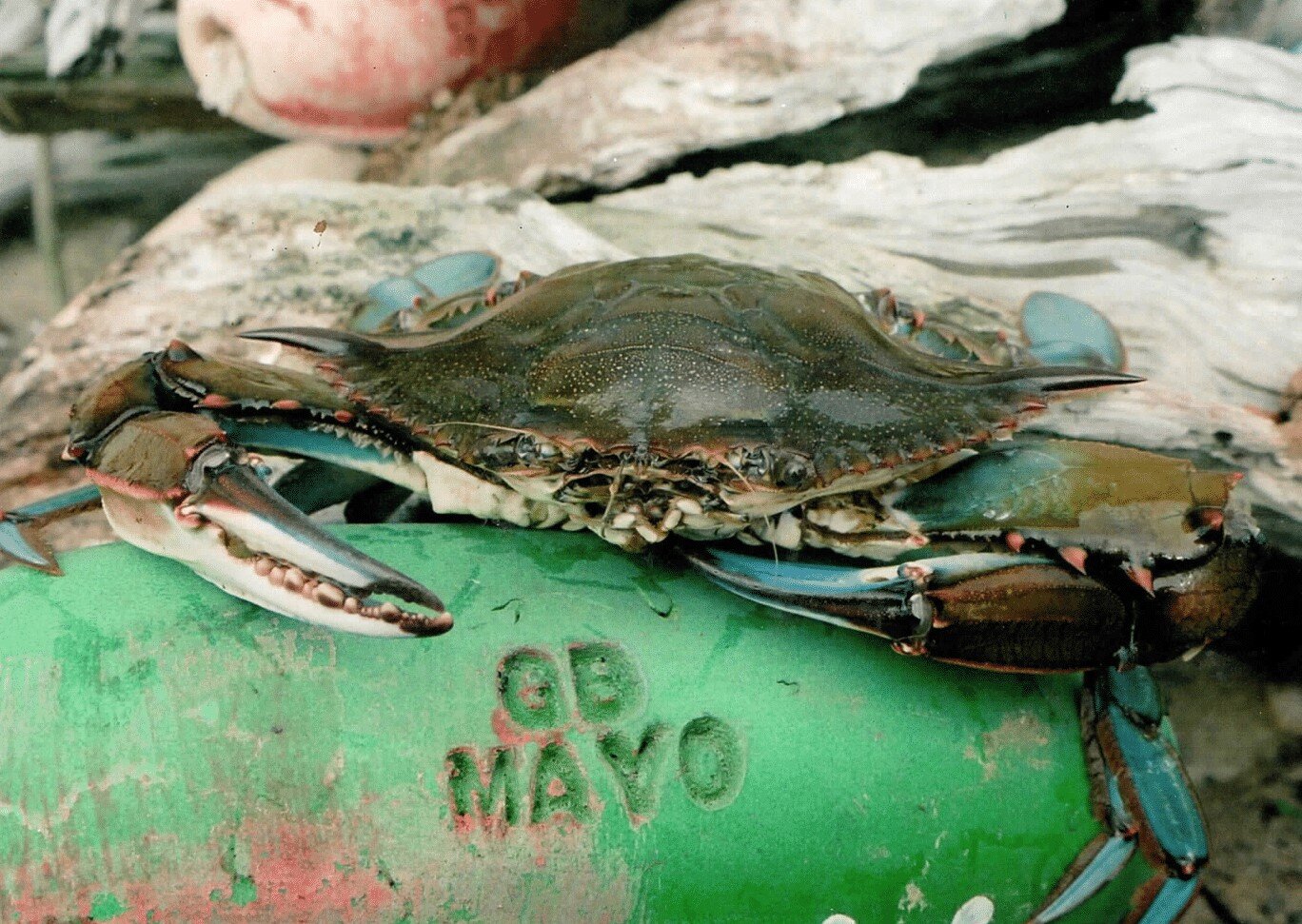
The blue crab fishery has historically been one of the most profitable for North Carolina commercial fishermen.
Blue crabs inhabit all of North Carolina’s coastal waters but most of the state’s blue crab harvests come from the Albemarle and Pamlico Sounds and their tributaries, which account for over 90 percent of the total landings. Though blue crabs are harvested anytime of the year, roughly 88 percent are caught between May and October when water temperatures are at least 68° F, according to the North Carolina Division of Marine Fisheries. Blue crabs are harvested and sold as hard crabs, peeler crabs and soft crabs.
Soft crabs are actually hard-shell crabs that have molted. To grow, a crab molts or sheds to replace its hard, external shell. Over several weeks, a blue crab grows a soft, paper-thin shell under its old shell and then ingests enough water to bloat itself to loosen and break free from the old shell. Within a few hours of molting, the new shell begins to harden. Click here to view a blue crab molting its outer shell.
When hard crabs are harvested, the crabber observes a line that appears on a crab’s back fin, which turns white, then pink and finally dark red before the crab starts to molt. Crabs that are preparing to molt are called peelers, which the harvester delivers to soft-shell producers. The peelers are placed in shedding tanks where employees continuously observe the molting process – all night if necessary – and cull the soft-shell crabs from the other crabs that have not yet molted – a labor-intensive process. Molting takes about four hours, but 75 percent of the process occurs within the final 10 minutes.
Soft-shell crabs are mildly sweet with a slightly crisp shell, and they come in various sizes:
Mediums: 3.5 to 4 inches
Hotels: 4 to 4.5 inches
Primes: 4.5 to 5 inches, on average
Jumbos: 5 to 5.5 inches
Whales: over 5.5 inches, on average
Soft-shell crabs should be purchased from reputable seafood retailers either refrigerated or frozen.
Blue Crab Molting
From Shape of Life

